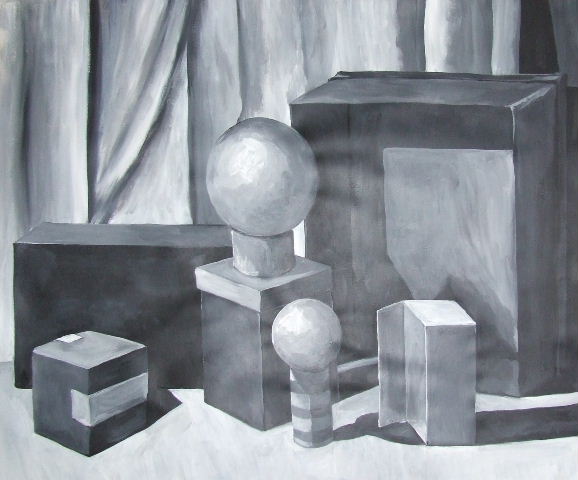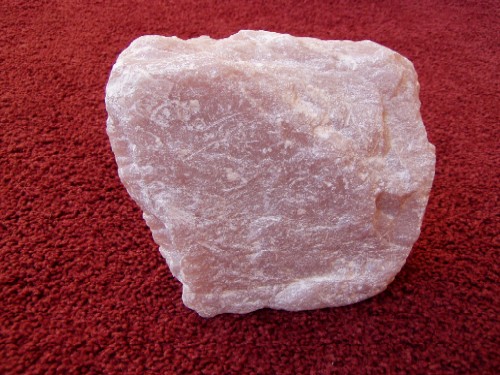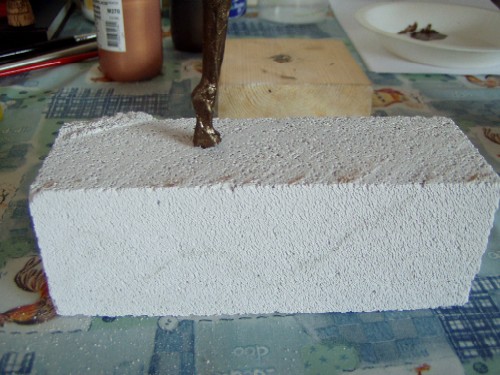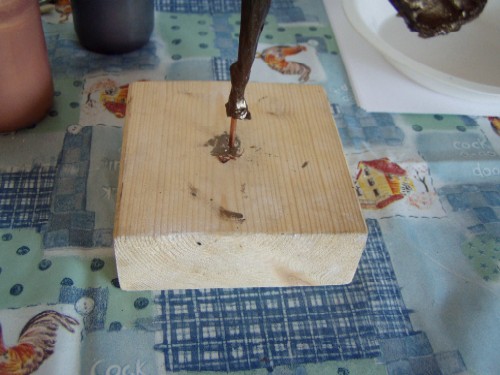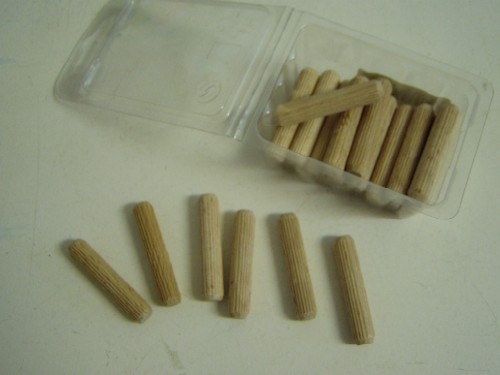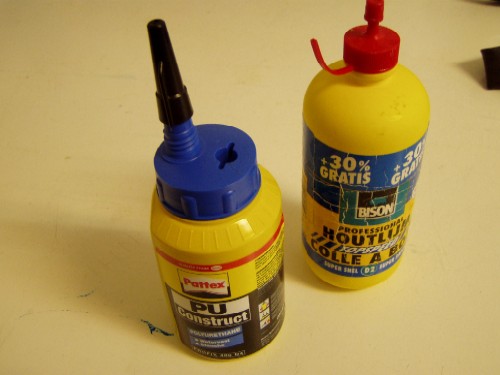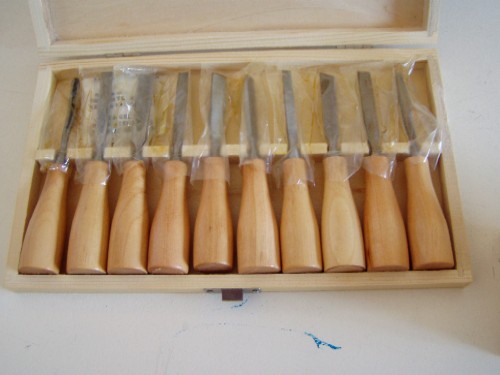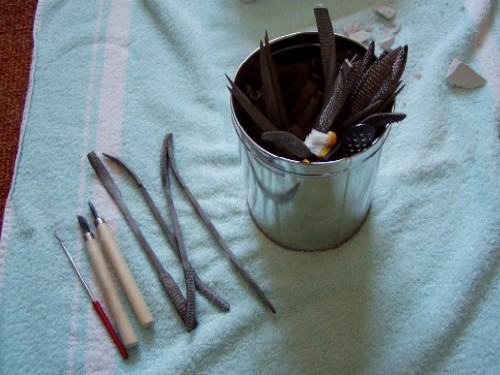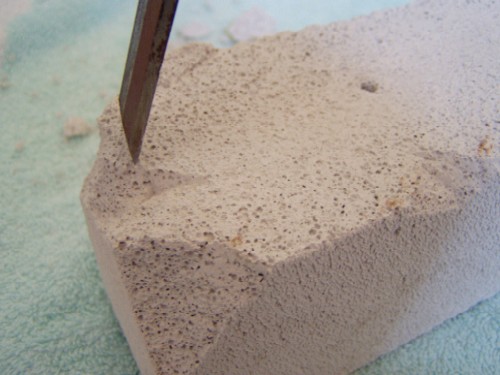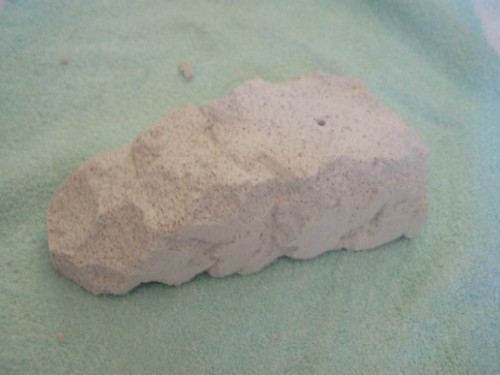Sometimes you can simply attach your sculpture to the pedestal with glue, but usually, this isn't sturdy enough. If the sculpture isn't too heavy, you can use a small hole in which you insert an iron rod. This rod then goes into the sculpture on the other side. If the sculpture is heavier, this won't be sufficient.
|
You can see here how it looks. The hole for the iron rod should be exactly the same size as the thickness of the rod. Make sure to drill the hole perpendicular to the base of the pedestal.
|
If the sculpture is too heavy or large, using a metal rod may not be sufficient. In this case, you can use wooden dowels. These are small wooden plugs that are partially inserted into both the pedestal and the sculpture. You secure them in place using wood glue or construction adhesive.
|
If you don't want a sleek shape for your wooden pedestal, you can carve it using wood chisels. This allows you to give it almost any desired shape.
|
Both soapstone and Ytong blocks are very soft. You can work with these by using rasps and files to adjust the shape.
|
For large pieces, you can chip off parts of a Ytong block with a chisel and hammer. However, this method does not work with soapstone. Soapstone is a natural material that contains both harder and softer areas. When you try to break off a large piece by hammering with a chisel, it may not break exactly where you want it to. Therefore, it's better to cut it with a saw.
|
This is an example of a pedestal made from a Ytong block and shaped with a chisel and rasps.
|



